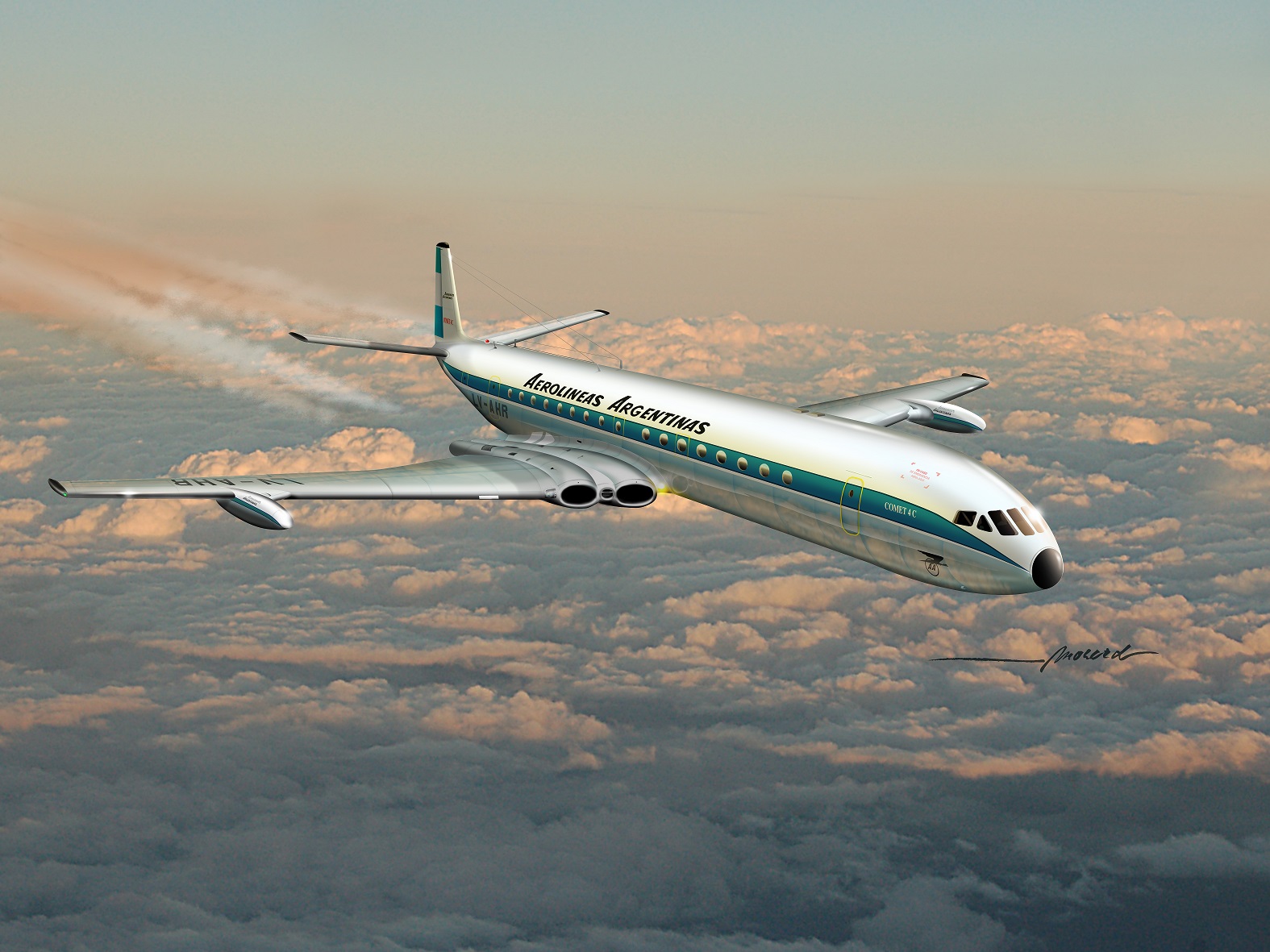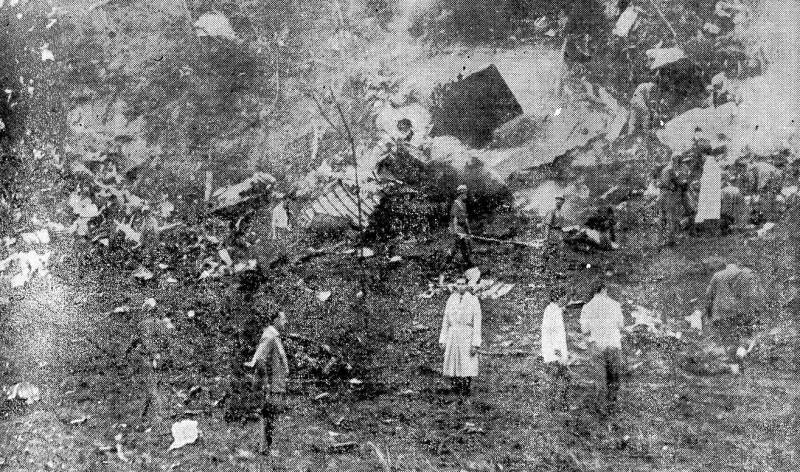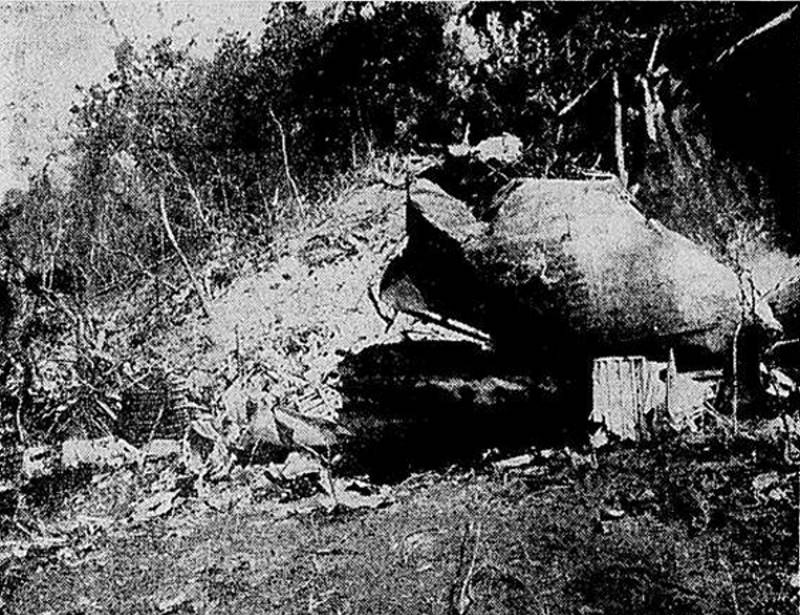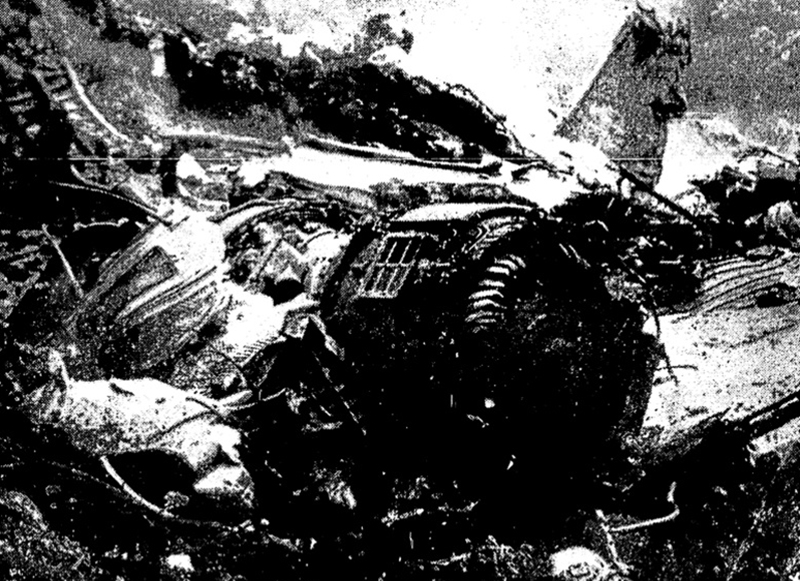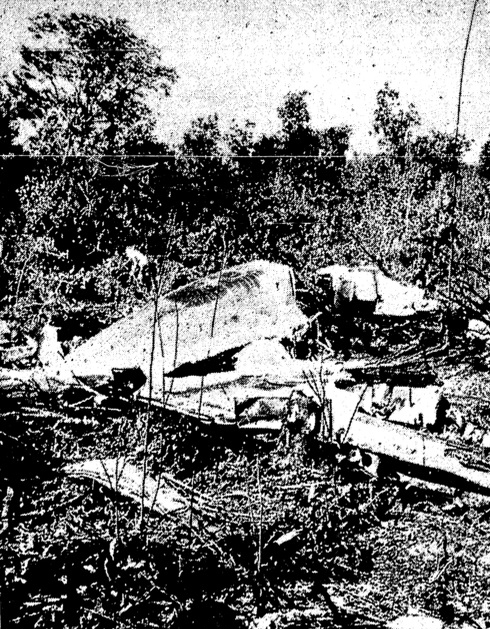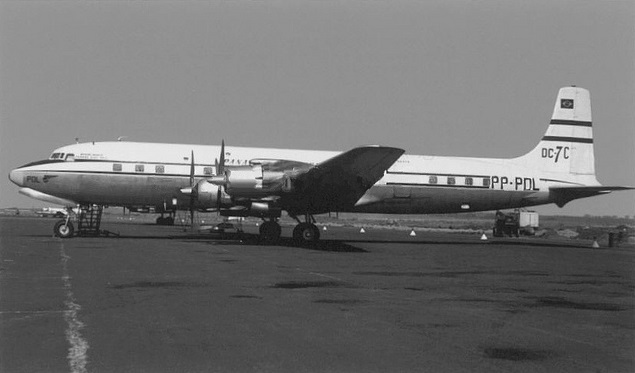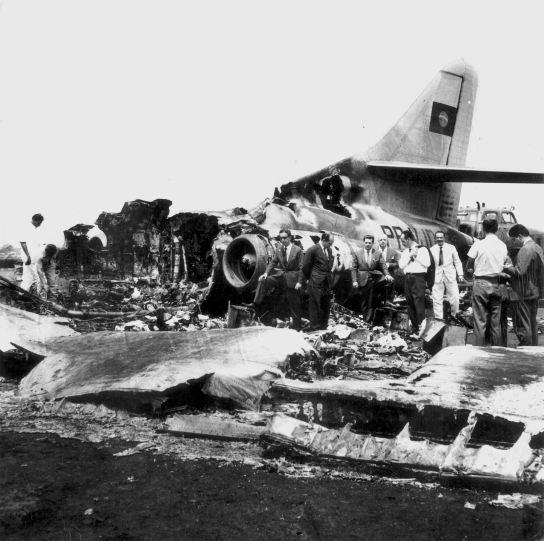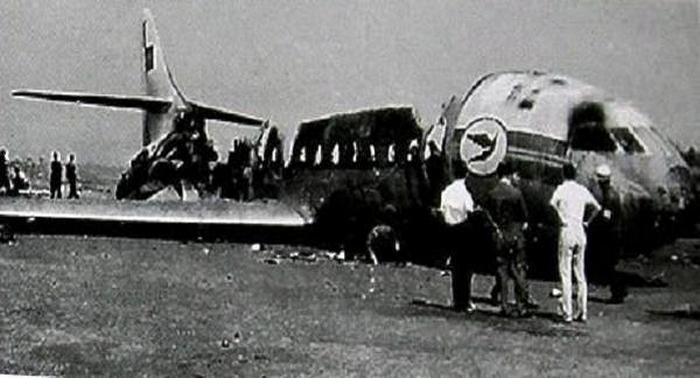Crash of a Douglas DC-3-178 in Nanuque
Date & Time:
Mar 3, 1962
Registration:
PP-YQN
Survivors:
Yes
MSN:
1919
YOM:
1937
Crew on board:
0
Crew fatalities:
Pax on board:
0
Pax fatalities:
Other fatalities:
Total fatalities:
0
Circumstances:
Crashed in unknown circumstances. There were no casualties.





